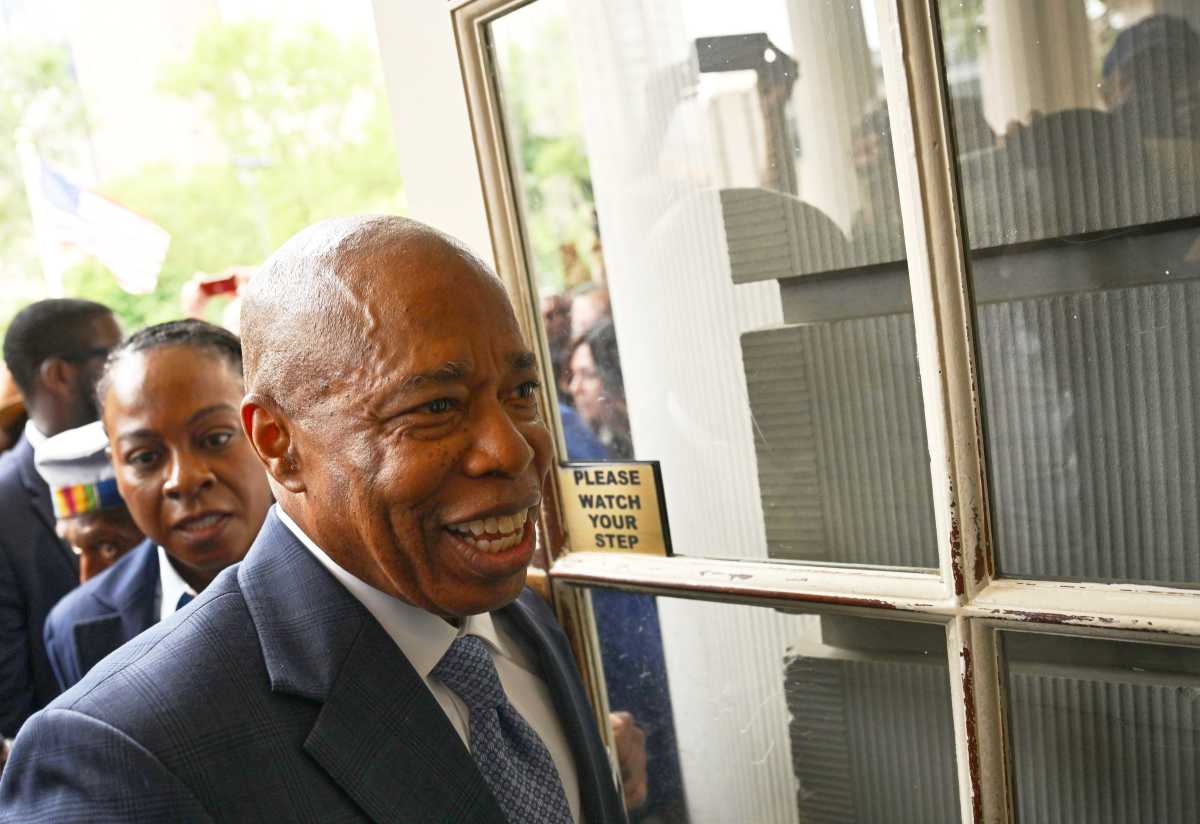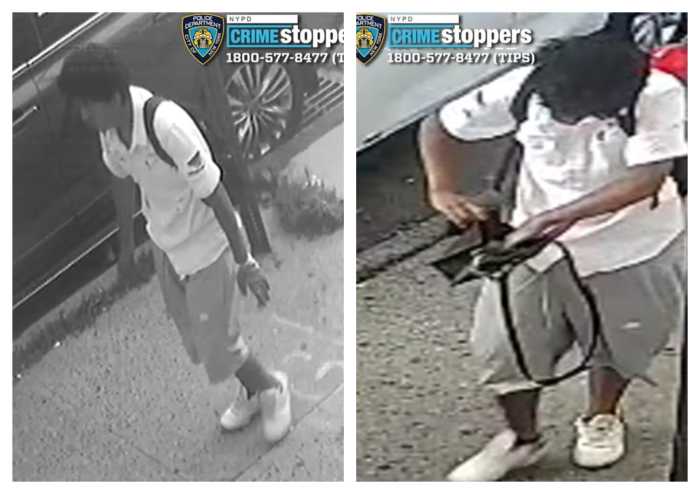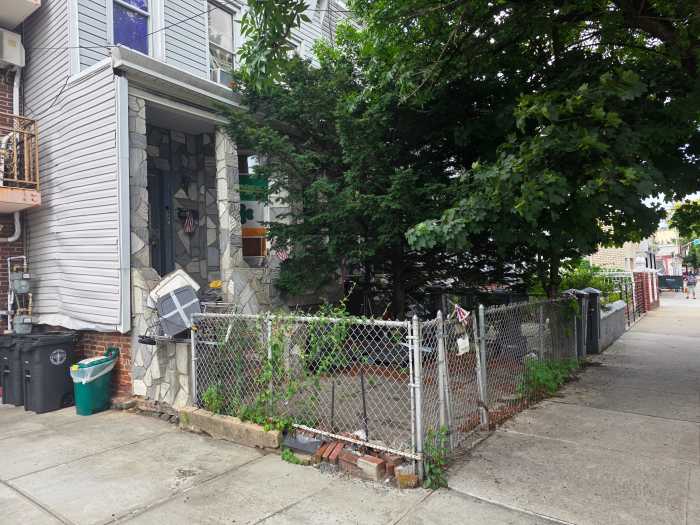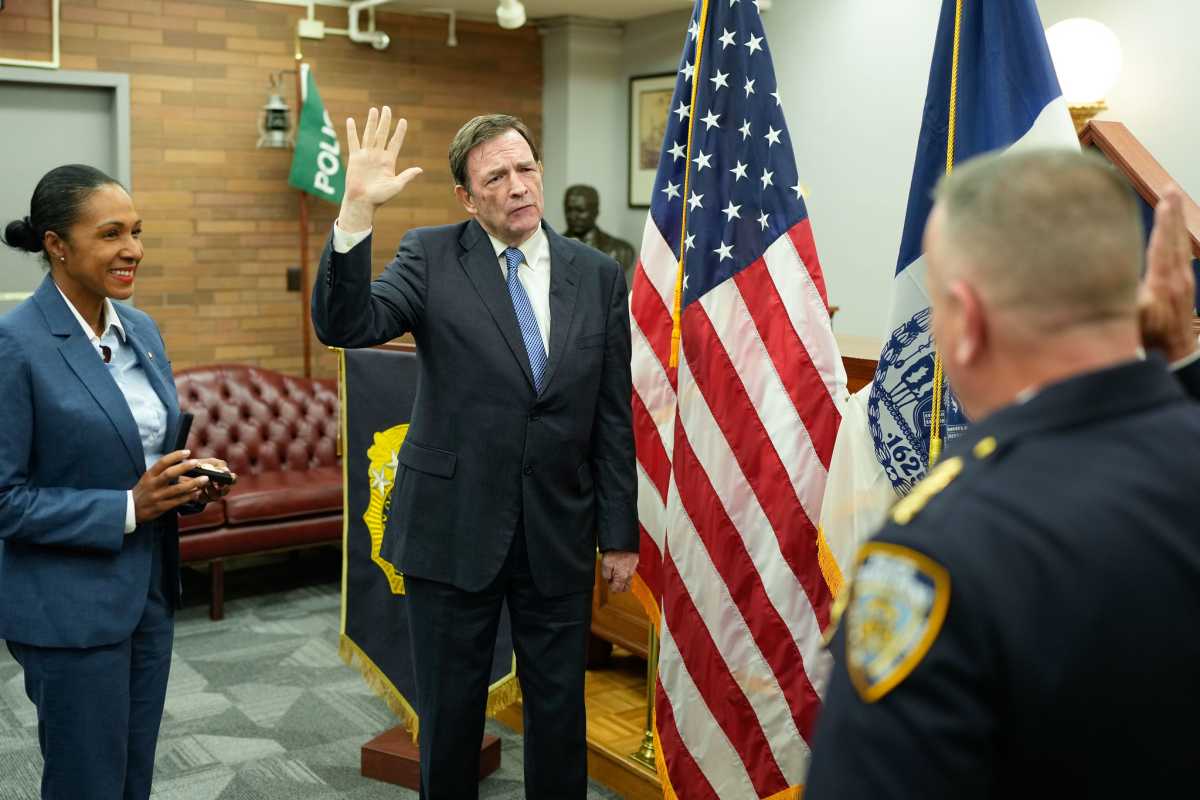Make Calls, Check E-Mail While You Wait
Gov. Andrew M. Cuomo announced that 30 additional subway stations now have wireless voice and data communication capability allowing New York City subway riders to make and receive cell phone calls, send and receive texts and e-mail and access Wi-Fi underground.
Metropolitan Transportation Authority (MTA) officials were joined by executives from Transit Wireless, AT&T, T-Mobile USA and Boingo Wireless to demonstrate the new capability at the city’s busiest station, Times Square.
“This goes beyond providing cell service underground. It brings our customers a new level of security- with the ability to dial 911 in an emergency,” said Gov. Andrew Cuomo. “Customers now know that when they see something, they can now say something using their device to call 911. And now with all the major carriers on board, the vast majority of MTA customers will have the ability to do so.”
Representatives from Verizon and Sprint were also on hand to announce that both carriers are finalizing agreements to participate in the network, meaning that all four major carriers are expected to provide cell phone and data connectivity to their customers in underground stations in the first two phases of the project.
The 36 stations that are now online have an average annual ridership of approximately seven million customers per station.
While the network allows full cell phone and Wi-Fi connectivity, enabling voice and data functions such as phone calls, text messages, emails, music and video streaming and more, all underground, it also enables important services that improve safety and security. E911 will allow dispatchers to know when a call is being placed underground and the approximate location of the caller. Employees and first responders will also have enhanced communications capability in an emergency.
“The MTA has been on a clearly defined mission to bring our mass transit system into the 21st century with upgrades to the station environment through several ambitious newtechnology communications projects like this one, aimed at improving the travel experiences of our customers while offering another level of security,” said MTA Interim Executive Director Thomas F. Prendergast.
“The New York City subway system is one of the most heavily trafficked systems in the world and now riders have wireless service,” said William A. Bayne Jr., CEO of Transit Wireless. “This network benefits not only riders, but city workers and first responders, and it will be the backbone for future technology and safety improvements to the city’s subway stations.”
Transit Wireless and the carriers are paying 100 percent of the cost of the project, estimated at up to $200 million, including the cost of NYC Transit forces that provide flagging, protection and other support services. The MTA and Transit Wireless evenly split the revenues from occupancy fees paid by the wireless carriers and other sub-licensees of the network. Transit Wireless is paying MTA a minimum annual compensation that will grow to $3.3 million once the full build out of the network is complete.
Transit Wireless has also established a sublicense arrangement with Boingo Wireless to manage and operate Wi-Fi services-including sponsorship and advertising support -for the subway station network. Wi-Fi access is currently free to consumers thanks to a sponsorship by HTC One, and can be accessed by choosing the SSID: FreeWifibyHTCONE.
All of the currently wireless stations are located in Manhattan. Transit Wireless expects to provide service to the remaining 241 underground stations within four years and has already begun design work on the next 40 stations in midtown and Queens including key stations Flushing Main Street, Grand Central- 42nd Street, and 34th Street-Herald Square. Those 40 stations are ex- pected online in the first quarter of 2014.
The completion of the first phase of cell phone and data connectivity is a part of the MTA’s focus on delivering long-promised benefits to its 8.5 million customers. Since 2010, customers have received various versions of countdown clocks/real-time arrival information at more than 200 stations. Bus Time, which provides real-time bus tracking information, is already operational and a full citywide rollout will be finished by spring 2014.
Additionally, the next generation of customer talk-back devices is being deployed to more than 100 stations during the current capital program. Help Point Intercoms (HPIs), the two-button customer communications device, will put riders instantly in touch with either the Rail Control Center to report an emergency, or the station booth for customer assistance. Together with cell phone connectivity, customers now have more ways to contact first responders in case of an emergency.
Wireless carriers who have contracted with Transit Wireless to provide voice and data service to their customers in underground New York City subway stations co-locate their Base Stations with Transit Wireless’ Optical distribution equipment at a Transit Wireless Base Station Hotel, which is a resilient, fault-tolerant commercial facility with redundant air-conditioning and power.
Base Stations are provided by wireless carriers for all FCC-licensed cellular bands. These Base Stations connect to Transit Wireless’ Radio Interface and Optical Distribution System in the Base Station Hotel. Radio signals are combined, converted to optical signals and distributed on Transit Wireless’ fiber optic cable through ducts under city streets to subway stations where the optical cables connect to multi-band Remote Fiber Nodes.
Remote Fiber Nodes are located on every platform, mezzanine and at various points within public access passageways. Coaxial cable is connected to each Remote Fiber Node and extends signals to strategically located antennas throughout each subway station. Utilizing this approach, low-level radio signals are evenly distributed providing seamless coverage from above ground to underground stations. A Network Management System monitors the service; detects problems and provides alerts so technicians can be dispatched if needed.































